 सोमवार - शनिवार: सुबह 9.00 बजे - शाम 6.00 बजे
सोमवार - शनिवार: सुबह 9.00 बजे - शाम 6.00 बजे सोमवार - शनिवार: सुबह 9.00 बजे - शाम 6.00 बजे
सोमवार - शनिवार: सुबह 9.00 बजे - शाम 6.00 बजेASTM C778 GRADED SAND
उत्पाद विवरण:
- रंग
- सीमेंट का प्रकार
- रेत का प्रकार
- रेत की सुंदरता
- फ़ीचर ,
- अधिक देखने के लिए क्लिक करें
मूल्य और मात्रा
- 3
- आईएनआर
उत्पाद की विशेषताएं
व्यापार सूचना
- प्रति दिन
- दिन
- Yes
- , , , , , , , ,
उत्पाद वर्णन
ASTM graded sand refers to "Standard Sand" as specified by ASTM C778, Standard Specification for Standard Sand. This standard is fundamental in the construction and civil engineering industries, primarily for testing hydraulic cements.
Here's an overview of ASTM graded sand:
1. Purpose and Importance:
* Standardized Testing: The primary purpose of ASTM C778 standard sand is to provide a highly consistent and uniform aggregate for testing hydraulic cements. This consistency is crucial for obtaining reliable and comparable results in cement performance tests.
* Minimizing Variables: By using a standardized sand, researchers and quality control professionals can minimize variations in test results that might otherwise be caused by differences in sand characteristics (like particle size, shape, or impurities). This allows for accurate evaluation of the cement itself.
* Key Role in Quality Control: It's an indispensable material for ensuring the quality and consistency of cements used in various construction applications, including concrete, mortar, and grout.
2. Key Characteristics:
* Composition: Typically, it's natural silica sand with a very high silica content (often 99% or higher), ensuring chemical inertness.
* Particle Shape: The constituent grains are generally uncrushed and have a rounded or sub-rounded form. This consistent shape contributes to predictable packing and workability in mortar mixes.
* Purity: It has a very low water content (less than 0.1%) and is free from undesirable air-entraining characteristics, which could skew test results.
* Consistency: The sand is rigorously controlled for its grading (particle size distribution) to ensure uniformity across different batches and suppliers.
3. Types of ASTM C778 Sand:
ASTM C778 defines two main types of standard sand based on their grading:
* Graded Sand (or "Cube Test Sand"):
* This is the most commonly used type for compressive strength testing of hydraulic cement mortars (e.g., using ASTM C109/C109M).
* Its particles are predominantly graded to pass a 600-µm (No. 30) sieve and be retained on a 150-µm (No. 100) sieve.
* While historically used for tensile strength tests (ASTM C190, which is now discontinued), it is still specified for other tests like air content of hydraulic cement mortar (ASTM C185).
4. Applications:
The primary application of ASTM graded sand is in laboratory testing of hydraulic cements, specifically for:
* Compressive strength of mortar cubes (ASTM C109/C109M)
* Other specialized tests related to cement properties and performance.
In summary, ASTM graded sand is not just any sand; it's a meticulously controlled and standardized material that plays a critical role in the accurate and reproducible testing of hydraulic cements, forming the bedrock of quality assurance in concrete and mortar production.

Price: Â
- 50
- 100
- 200
- 250
- 500
- 1000+


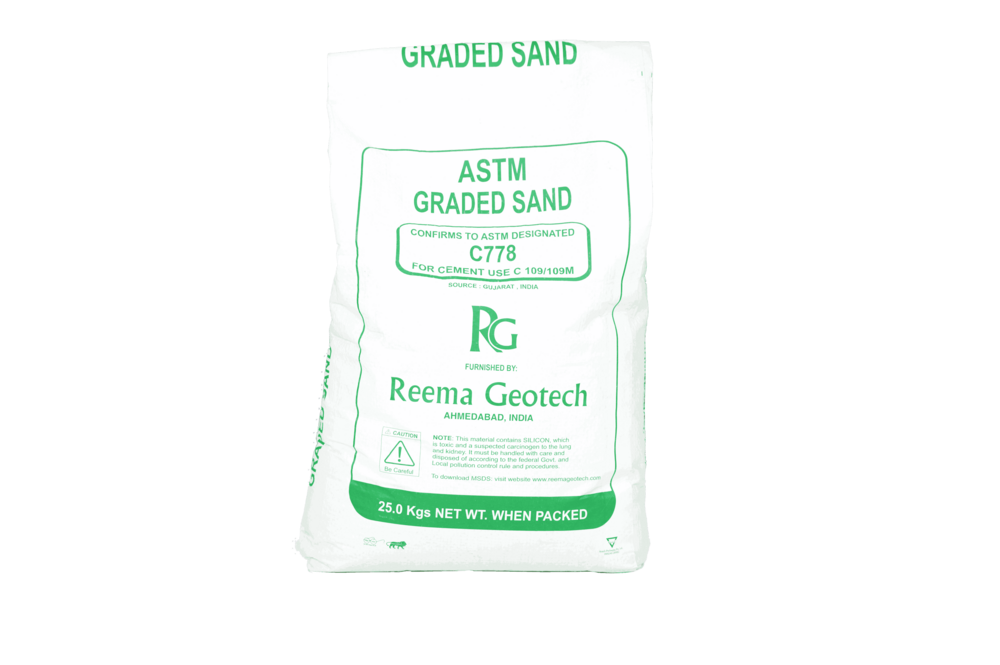
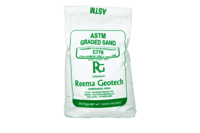

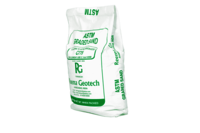
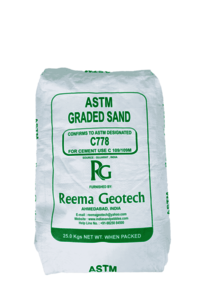







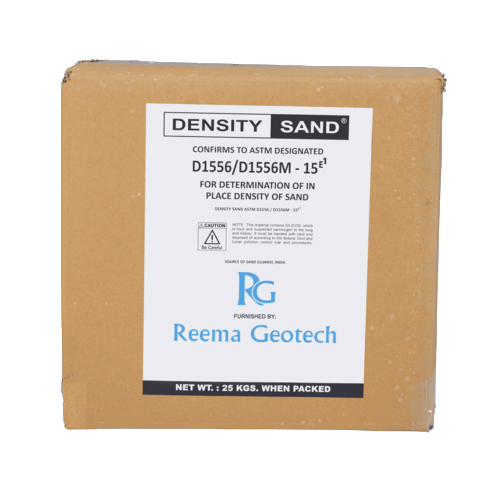
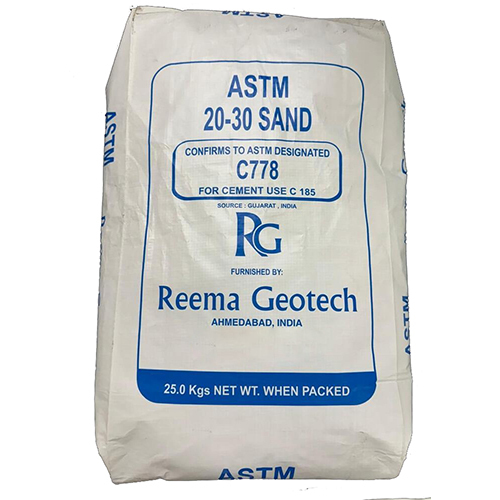
 जांच भेजें
जांच भेजें एसएमएस भेजें
एसएमएस भेजें
